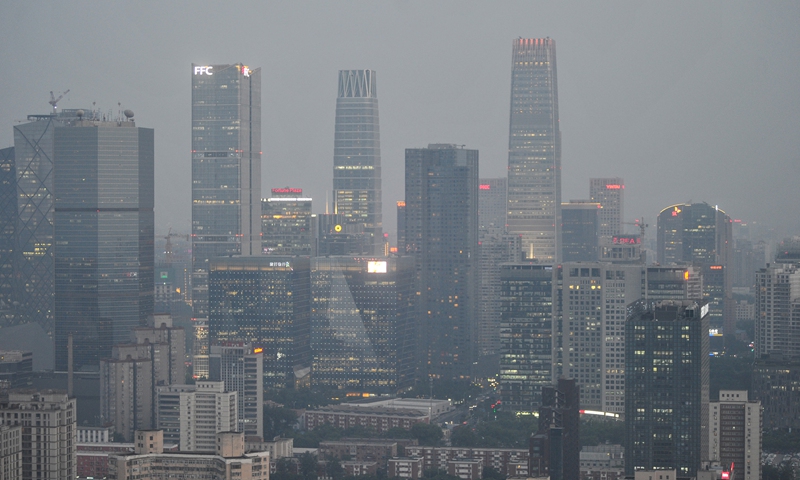Chengdu, capital city of Southwest China’s Sichuan Province, is set to issue the nation’s first alert for heavy ozone pollution on Thursday.
An air quality forecast on Tuesday by the Chengdu Ecological Environment Bureau and the Chengdu Meteorological Office shows Chengdu will suffer from a moderate or higher risk of ozone pollution from July 29, which will last for three days or longer.
An ozone pollution problem has gradually emerged in China in recent years and ozone pollution has become the primary pollutant affecting air quality in summer, China’s Ministry of Ecology and Environment revealed in a notice on China’s ecological environment status in 2019.
Areas including the Beijing-Tianjin-Hebei Region, Fenwei Plain, Yangtze River Delta and the Pearl River Delta suffer from heavy ozone pollution between June and November, with the peak periods of ozone pollution in southern China appearing later than those in the north.
According to the ministry, China’s ozone standards have come in line with international standards, with the ozone concentration of residential environments’ air constituting as polluted when they exceed 160 milligrams per cubic meter.
According to Bai Qiuyong, an official with China’s Ministry of Ecology and Environment, ozone pollution mainly irritates and harms human being’s eyes and respiratory tracts.
Experts suggested that the elderly, children and people with respiratory, and cardiovascular diseases and other chronic diseases should stay indoors and other people should avoid or reduce outdoor activities or working under high temperature during the daytime.
During the yellow alert period, pollutant sources of a variety of categories such as construction sites and gas stations will be required to take emission-reducing measures including suspending their work and operations.
Beijing suffers from heavy ozone pollution on May 18, 2017. Photo: VCG


